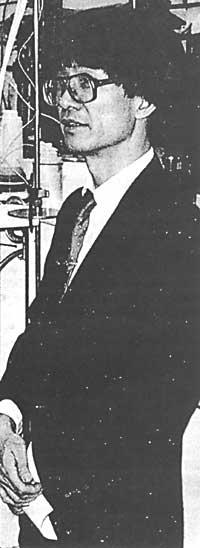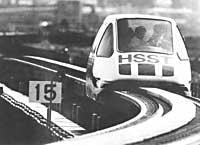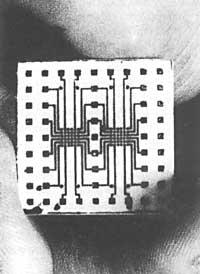Superconductors: Yesterday Fiction Reality
The best drivers: superconductors

In metals, electrons farther from atoms form an electronic cloud. Creating a potential difference between two points, the electronic cloud moves in one direction. This is the electric current.
But electrons, in their movement, find some obstacles. On the one hand, having negative charge, they repel and on the other, they collide with atomic nuclei.
These barriers are the basis of well-known physical concepts such as electrical resistivity and heat lost by Joule effect.
Today, in all applications in which we use electric current we find both electrical resistivity and heat lost by Joule effect.
That said, what is superconductivity? At low temperatures, some metals and alloys lose resistivity, that is, the electronic cloud does not find obstacles in its movement and there is no loss of energy or heat.
In the following lines we will analyze the cause of this phenomenon.
Although electrons form a cloud at normal temperatures, the same does not occur at low temperatures. In this situation the electrons form pairs and when one of these electrons collides with some atomic nucleus, the lost energy will be received by the other electron of the pair.
Unfortunately, in order to achieve this situation it is necessary to use conductors at very low temperatures, such as aluminium at -272°C and lead at -266°C. Once this level of cold is reached, we need a refrigerant to maintain that temperature. Normally liquid helium is used and it is known that helium is scarce and expensive. When researchers started researching in this field, they were clear that conventional materials would not make significant progress. Therefore, the research should be aimed at new materials, specifically organic and ceramic synthetic materials.

In this sense, the results have been immediate. Moreover, we can say that we are facing a scientific revolution. In late 1986, for example, researchers Alex Müller and George Bednorz found a superconductor at -238°C. (These two researchers have received the 1987 Nobel Prize in Physics for their discovery! See Award Article on page 15). In January 1987 Paul Chu, a researcher at the University of Houston, found material that could be considered superconducting at a temperature of -180°C. This researcher left the mark at -48°C in May this year.
At this point in time we are writing this article, we don't know exactly what the last stages have been, as both researchers and commercial houses keep the results secret, but according to rumors, there is more than one superconducting material at room temperature.
Where to notice the advantages of superconductors?

Although we can advance some applications, with many others the same does not happen. However, we consider that the main advances will be in the following areas:
- High sensitivity measurement instrumentation. Magnetic fields smaller than 10-11 Oersted, potential differences less than 10–17 and powers less than 10–23 Watios may be measured. Superconductive electronic devices with switching times of 10-10 seconds. This allows for ultra-fast computers. Magnetically suspended trains can reach a speed of 700 km/h.
- Energy will be stored in superconductive rings, so energy storage will not have special difficulties. That's why at present the outlook changes radically and the lack of energy will not worry us so much.
Don't think the implementation of the above applications can last a long time. They will be common in the next decade if they follow the path initiated in research. Do not hesitate!





